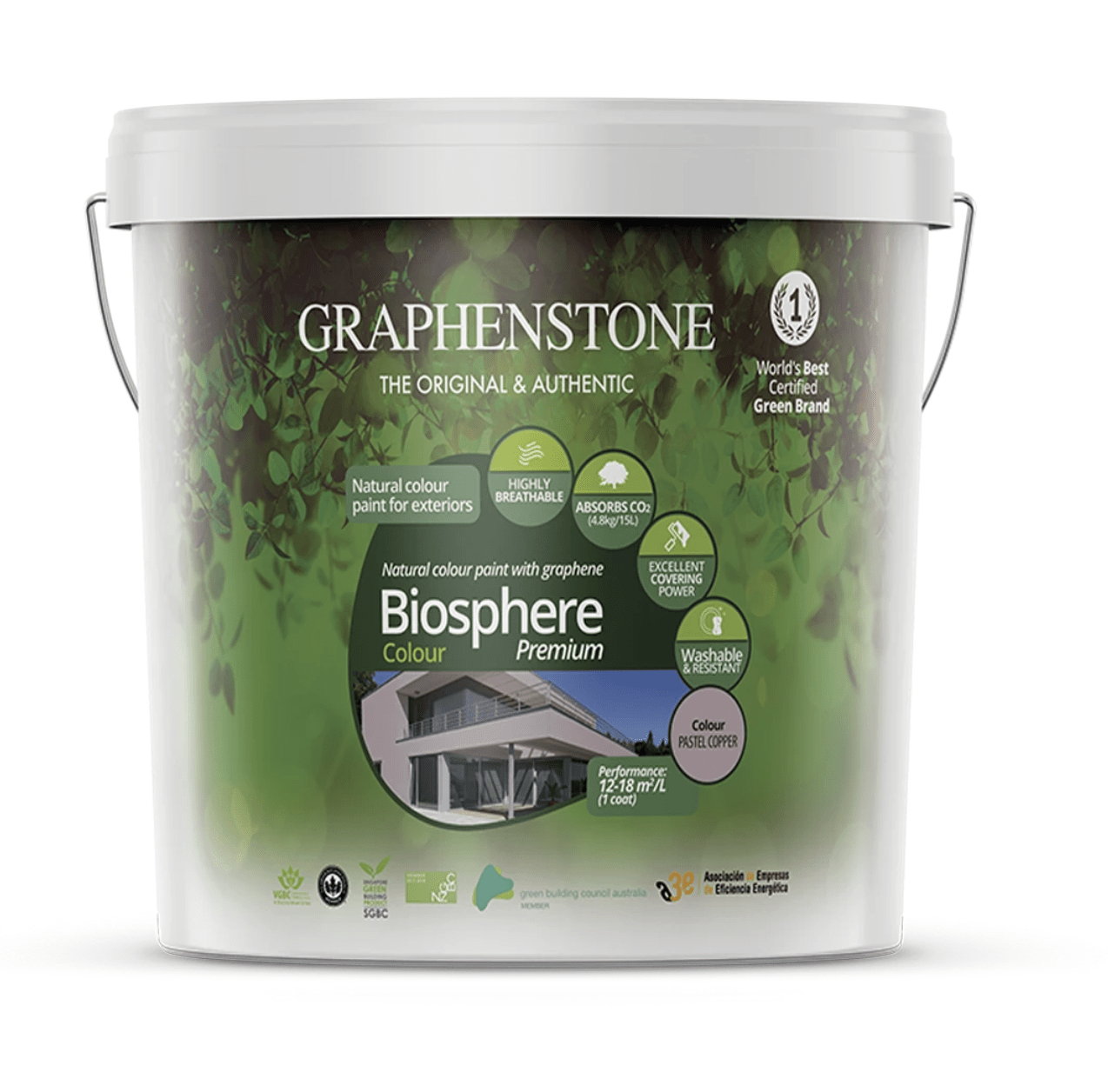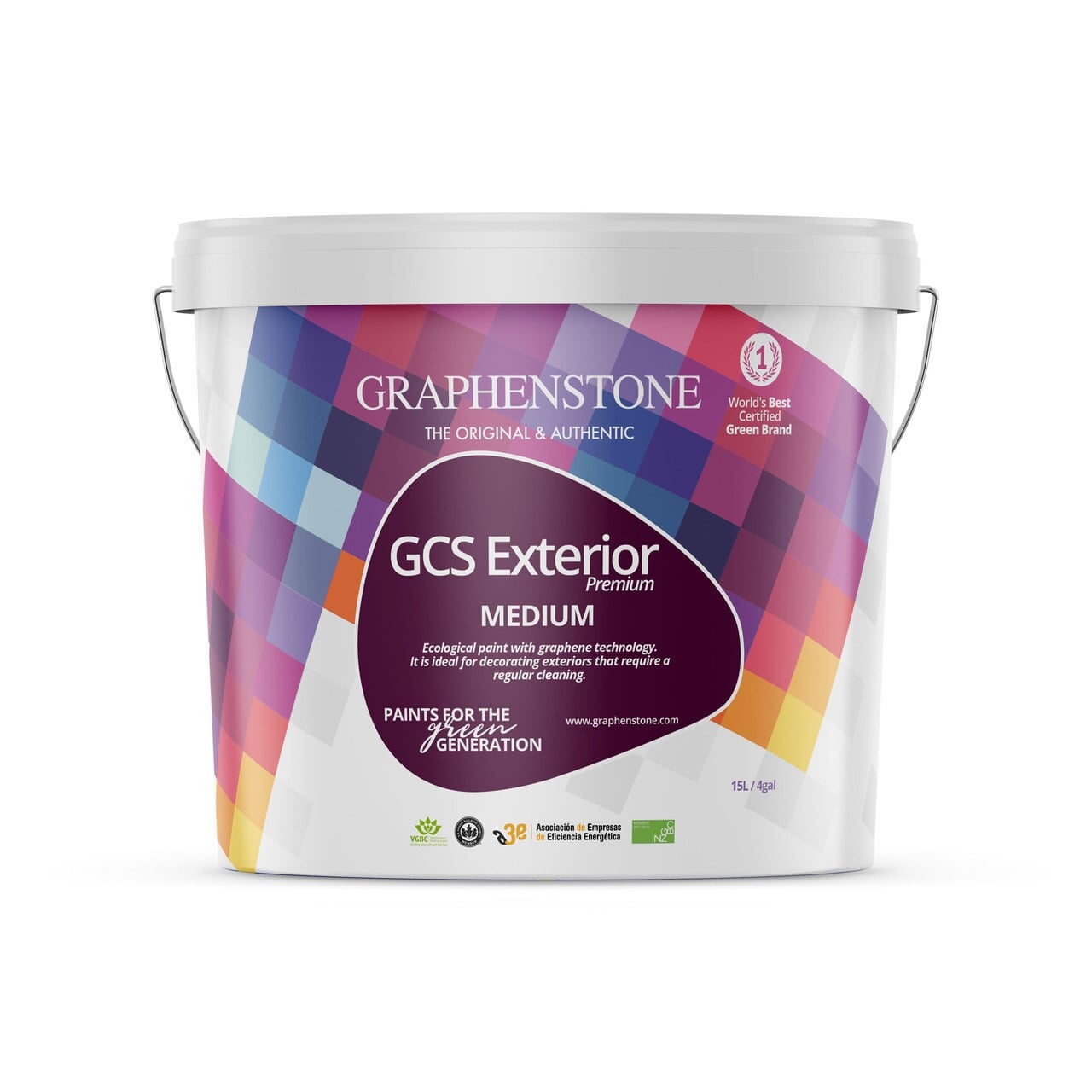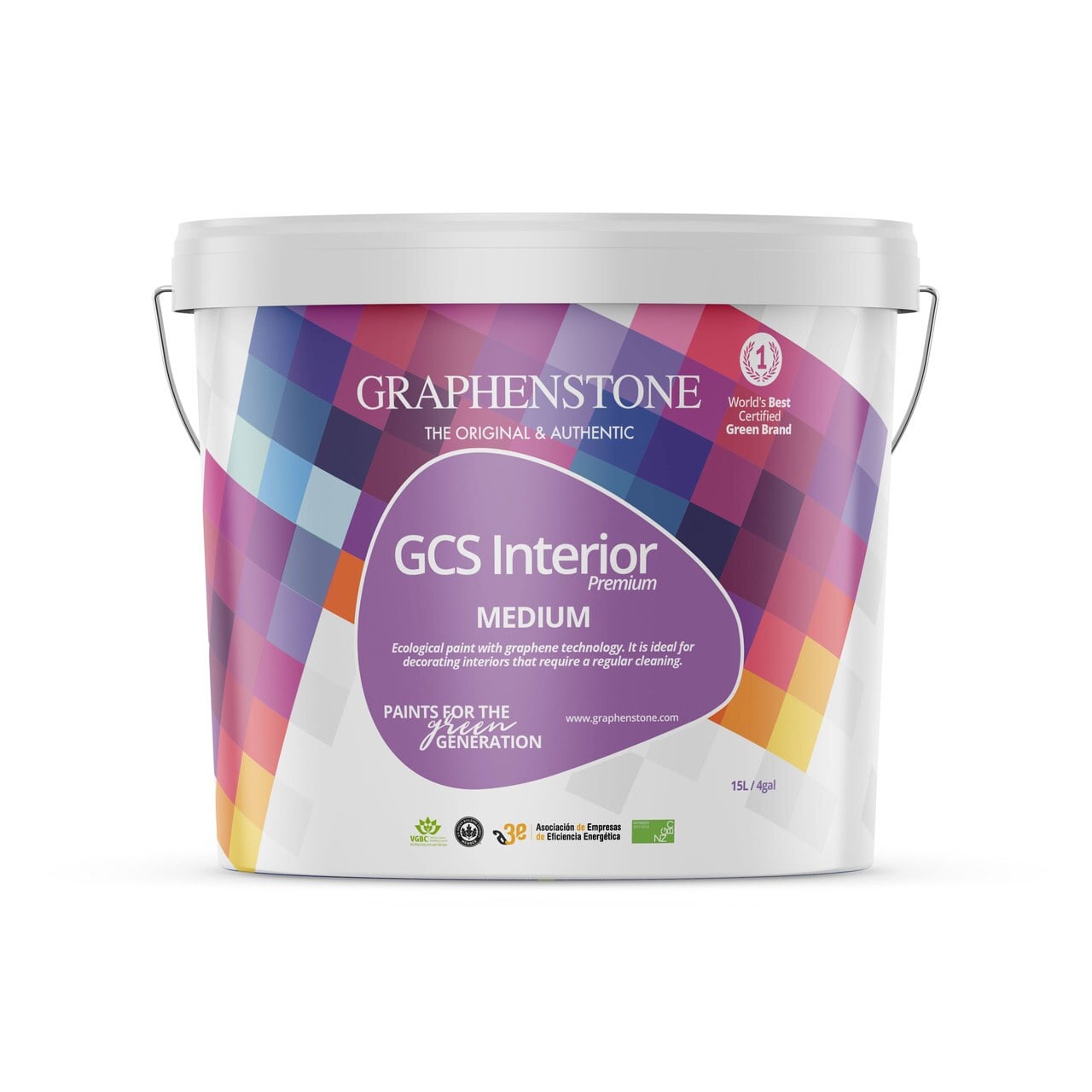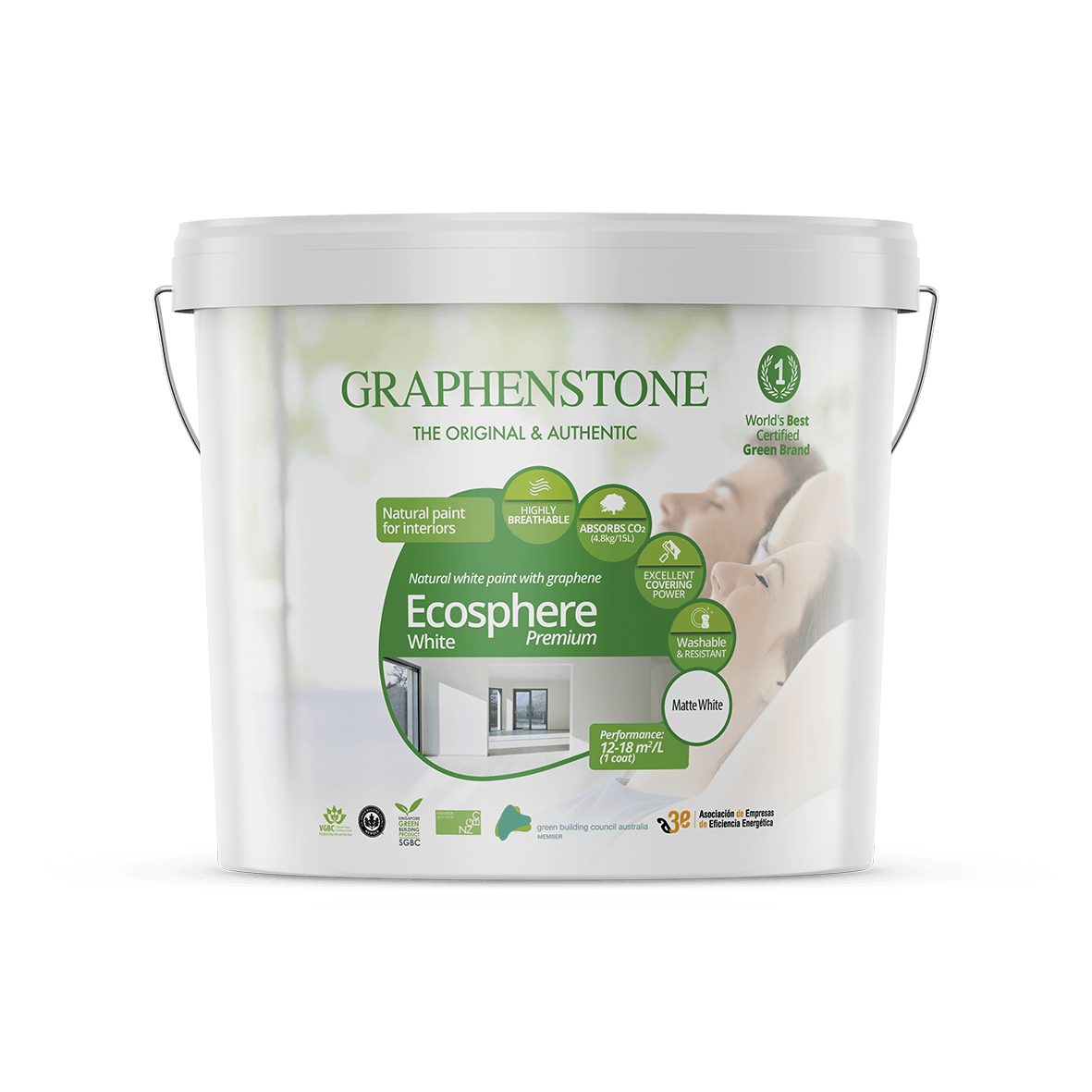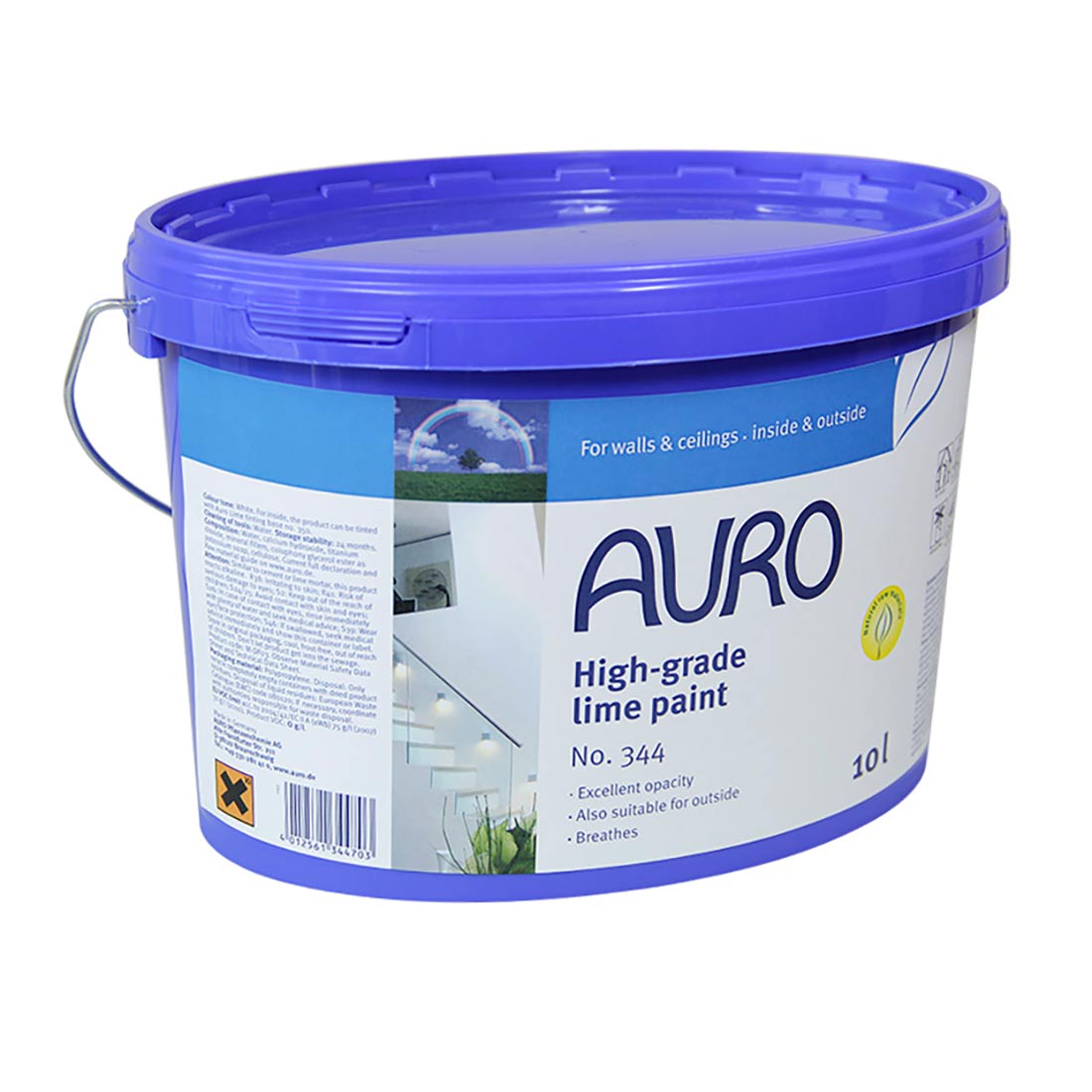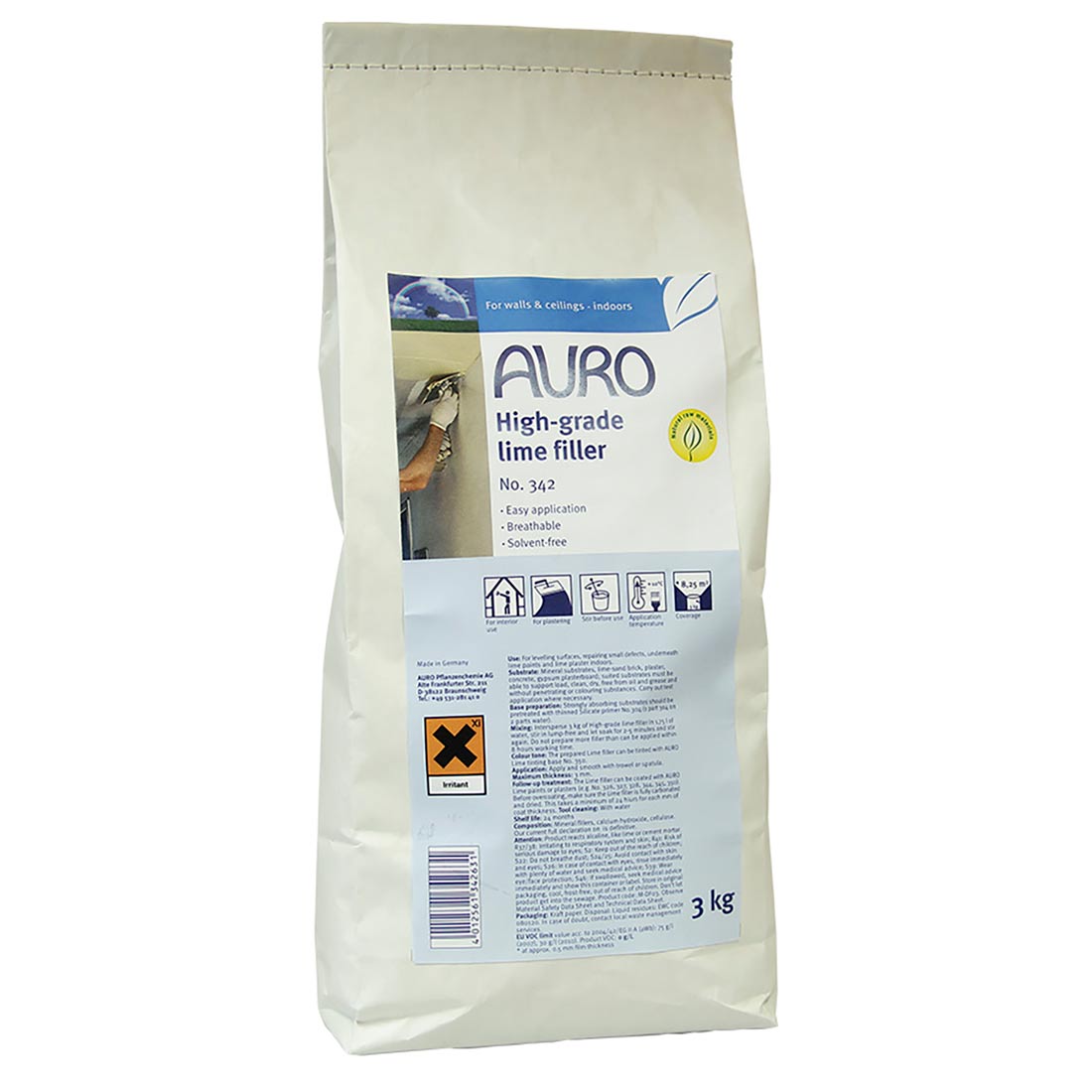This is our guide to understanding what lime wash is, as well as the history and traditional uses, what is available and how to use..
Want to buy lime paint? If you are just looking for lime paint for interior and exterior walls click here.
Quick links to the common lime questions below!
- What is limewash?
- What limewash colours are available?
- What is the difference between limewash and whitewash?
- What are the physical attributes of limewash, and what does limewash look like?
- Where can I use limewash?
- What should you not paint with limewash?
- What are the benefits of using limewash?
- Is limewash breathable?
- What are the disadvantages of using limewash?
- Is limewash dusty?
- How do I make limewash?
- Does limewash contain binders
- How often do I apply or re-apply limewash?
- How do I clean limewashed walls
- Quickfire limewash questions
- Which lime based paints do you recommend?
- Can I limewash brick?
- Do you add salt to limewash?
- Is Limewash expensive?
- Does Limewash wear off?
- Is Limewash washable?
- Is limewash waterproof?
- Can you use normal paint to limewash?
- Can you do Limewash with regular paint?
- Is Limewash removable, or Is Limewash permanent?
- Does Limewash come in colours?
- Is chalk paint the same as lime wash?
- Do you need to seal Limewash paint?
- Is it cheaper to paint or Limewash?
- How long does Limewash last?
- What is the mixture for Limewash?
- How many coats of Limewash do I need?
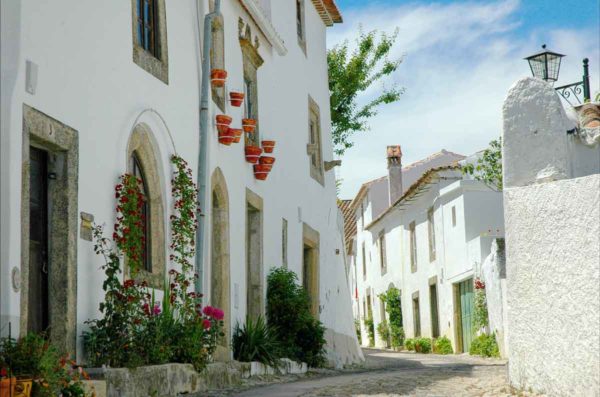
Example Lime Paints that can be used as a modern Lime wash
Rather than the frequent coats of standard limewash, you can just use a modern lime paint like this and not have to worry for years!
QUICK TIP: Are you looking for a more durable lime paint than a standard lime wash?
If you are looking for a lime wash style paint, but far more durable and longer lasting, then I suggest you look at the Graphenstone Ecosphere Lime Paint. If you have existing lime wash on your interior walls, use this lime primer first, and then you can use the interior lime paint Ecosphere, or exterior lime paint Biosphere.
What is limewash?
Limewash is a simple paint type which is literally just made from natural lime and water.
Lime wash is fundamentally made from naturally occurring limestone that has been crushed, burned and then mixed with water to create a putty. This putty is then traditionally aged and then thinned with water. Some limewash can have additives in them, and some not. Pigments are used for colour, using what are called alkali resistant ‘lime fast’ pigments, which are often made from natural earth pigments such as metal oxides.
Limewash is a very traditional paint that has been used for more than a thousand years in many countries around the world. It was a staple finish to your Roman home. Limewash can be used for many applications both inside your house and for the exterior.
Limewash is traditionally used on lime plaster and render, but can also be used over brick and masonry than has also been covered or repointed with mortar made from lime. Read more: Best breathable paint for lime plaster.
What Limewash colours are available?
It’s interesting to know that certain limewash colours are often quite associated with certain regions of the country, for instance pinks are often seen in Suffolk, England and Orange (often quite vibrant) can often be found in the Scottish Lowlands, Lothians. Traditionally lime-washes would not be the brilliant white that you see now, as before they would have contained impurities, which would result in the colour being slightly off white. It is possible to add natural earth colours to limewash to achieve a selection of off white colours. Pigments are generally mixed into the base limewash at a ratio of 20 to 1.
What is the difference between limewash and whitewash?
You’ll find that the terms ‘whitewash’ and ‘lime wash’ are used in the same way, However it has been noted that whitewash is often used as a term for poor quality limewash (or white distemper).
What are the physical attributes of limewash, and what does limewash look like?
First of all, limewash is a very natural white colour. It has a certain look to it that is hard to describe that is best to actually see with your own eyes. It has a beautifully natural and matt finish – which even to the untrained eye looks much better than a modern house-paint. Fundamentally limewash is made from tiny crystals, so as you would expect these reflect the light very differently to a plastic based house paint.
Limewash does noticeably get darker when it is wet, as often pointed out by the professionals it’s a good way to see where the problem areas of your walls are, by the amount of moisture it retains (and shows as a darker patch) as the wall dries out again. Limewash can be spotted by the medium toned colour, and non uniform appearance. The paint erodes gently (rather than peeling).
Where can I use limewash?
Limewash is suitable over lime plaster and lime render, as well as earth walls, limestone, older limewash and even timber. Although it can be applied to cement render, and surfaces that have emulsion or plasterboard, it doesn’t adhere to nearly as well.
What should you not paint with limewash?
Limewash is not suitable for painting surfaces such as flint and hard brick, and also it would be advised not to use as a first time finish on sandstone.
What are the benefits of using limewash? Is limewash breathable?
Lime wash certainly is breathable, about as breathable as it gets. It is also as standard virtually VOC (Volatile organic compounds) free, which is much better for your indoor environment and a much healthier alternative to modern house paints filled with chemical nasties. This is especially important for older buildings that need to need to be able to breathe. Limewash ages well, and offers subtle colour changes which are quite attractive, it certainly looks amazing over time and stands up very well (better than modern paints in my opinion)
The PH level is also an advantage of limewash (pH 12-13), as the alkalinity does deter invaders such as the wood boring beetle and almost offers a kind of sterilisation for walls. As it is easy to manufacture and made from simple ingredients, it means the finish is cheap and chemical (solvents) free. The high pH level of lime means that tiny micro-organisms don’t survive, which can make the paint hypoallergenic. It also can help remove odours in the air, due to the chemical makeup which has the added bonus that it can improve indoor air quality. Limewash is slightly flexible, which can help to deal with the natural movement in a building, which reduces cracking.
- Breathable
- Natural, solvent free, odour absorbing and hypoallergenic
- Bacteria resistant
Lime washing paint
Lime washing paint is another name for just limewash, but if you are searching for how to actual lime wash paint then I am guessing you mean can I apply lime wash over existing painted surfaces? Yes, you can if you apply the right primer. You just need a primer to to stick to the existing surface, and then your lime paint will properly bond with the lime friendly primer.
Can I limewash brick? Is Limewashed brick possible?
Limewashing is a great idea on brick, as it is an inexpensive way to protect your brick with the natural lime from the limewash. On bare brick, old or new, yes you can lime wash , or as some people still say ‘whitewash’ the walls. However, lime wash is not advised on pre painted brick – if you have used a ‘standard’ plastic based house paint of any kind.
If you want an even better and more durable alternative to traditional limewash, you can use a modern natural lime paint such as Graphenstone Biosphere, which I will be coating my exterior walls with later on this year! This will provide a longer lasting solution to limewash as it won’t rub off in, and won’t have to be reapplied as often as liemwash.
What are the disadvantages of using limewash?
Colour matching between different paint jobs and batches is very difficult due to the natural ingredients. If you are in a fast drying environment, it’s not ideal, as it does need to be able to dry in it’s own time for best results (due to its own chemical reaction) rather than just a solvent evaporating.
Is limewash dusty?
If you’re finding your limewash dusty, it usually means that it has not been applied correctly. It should not rub off when applied well. If you do find it rubs off, it’s probably due to bad preparation with your ordinary lime, or perhaps that it has been applied too thickly. Also, without adequate dampening down before limewashing can mean the limewash dries out too fast. Common mistakes when applying limewash include:
- Limewash dry & powdery: Dried too fast. Spray with water and re-coat.
- Limewash not absorbed: Unsuitable non porous surface.
- Limewash patchy: Not mixed well enough. Mix the next coat better!
- Limewash dries too quickly: Remove flakes and damp back down.
- Make sure there is no chance of frost for a few weeks after you have finished.
How do I make limewash?
By diluting lime putty (to the consistency of milk) will be enough to produce limewash. If using pigments it is advised to pre mix pigments with hot water. Traditionally lime putty was created from quicklime, but these days it’s just bought pre-made for convenience. By preparing putty from ordinary non hydraulic bagged lime can often result in poor finished limewash. You really can make your own limewash if you really want to, you can by the lime putty (hydrated lime) and then mix with water. To make limewash you need equal parts putty to water by volume. Ideally add water until you get the consistency of single cream, or Oatly cream if you’re vegan ;)
Use up to 1 part pigment to 10 parts limewash. Unpigmented limewash is almost clear when applied, and turns white when dried / cured.
Does limewash contain binders?
Limewash often contains additional binders to help with improve water shedding and / or adhesion – but it is not always a good choice. Common traditional examples of additives would be tallow or raw linseed oils, but both of these reduce breathability. Tallow, as with casein, can support mould growth.
How often do I apply or re-apply limewash?
Traditionally limewash is renewed every five years. Surfaces are just brushed brown and cleaner, check for mould growth and removed if needed. The surface will then be dampened, and then a thin first coating of fresh limewash will be worked in with a large and textured brush. It would be ideal for a further 3 or 4 coats after this. Gloves and eye protection are always required. As mentioned, it’s important that a long haired masonry paintbrush is used, that creates feathered strokes.
How do I clean limewashed walls?
We don’t recommend you do this, and to be honest it’s just not needed! Just paint over the main wall area with a thin coat.
Why add salt to lime wash?
We don’t recommend adding salt to lime wash these days, historically it was added to help emulsify the tallow.
Quickfire limewash questions:
- Is limewash cheaper than paint? Yes, almost always.
- Can limewash be removed? Yes, use a stiff brush and a jet washer!
- How many coats of limewash do I need? We advise to have 3-4 coats of limewash.
Which lime based paints do you recommend?
Interior Lime Based Paint: We love the Graphenstone Ecosphere for interiors, this is a traditional lime paint, with the extra addition of natural graphene which allows this paint to adhere to most surfaces including existing non lime paints. Check out Graphenstone Ecosphere here
Exterior Lime Based Paint: We love the Graphenstone Biosphere for interiors, this is a traditional lime paint, with the extra addition of natural graphene which allows this paint to adhere to most surfaces including existing non lime paints. Check out Graphenstone Biosphere here
- LIME FAQ HOME – How to use paint lime and why to use it!
- What is lime used for when building?
- Show me your suggestions for lime paints!
- What is Limewash and where can I use it?
- Is plaster breathable? Gypsum plaster vs natural lime plaster.
- Painting New Plaster – How to paint on new plaster and lime plaster
Is Limewash expensive?
Limewash is not an expensive solution, especially if you are willing to learn how to use it and do it yourself. The actual raw materials are pretty cheap, and you get a huge amount of coverage from a small amount. Downsides is that it’s a specific application, and will need multiple reapplications over the years, but no doubt if you have an older property or lime plaster it can be a great idea.
Does Limewash wear off?
Limewash is known to be a sacrificial layer, so yes it will wear and rub off over time, which is why you would repaint every 5 years or so. Limewash is used as a shelter coat for friable masonry.
Is Limewash washable?
Although limewash absorbs into the brick work / plaster etc, it’s not really washable, no, nor wipeable. Just leave it alone! If it’s starting to show signs of wear and ageing, you can just recoat it.
Is limewash waterproof?
Lime wash and lime paints are breathable, and absorb into the brickwork or plaster, so no they are not totally waterproof. This is exact opposite to what you want a paint finish to be. Let your walls breathe! Traditionally if you want a more weatherproof finish, a small amount of linseed oil would be added. You would add no more than 1% linseed to your mix. IE 100ml to 10 litres of limewash
Can you use normal paint to limewash?
No, you can’t use normal paint to limewash. Normal household paints contain plastics and chemicals which stop the walls from breathing, and would not be a good surface for existing lime plasters or lime paints. Just use a proper lime paint if you want a lime finish!
Can you do Limewash with regular paint?
No you can’t, for the same reasons above that it is just a totally different paint. You don’t want to be limewashing with a plastic paint!
Is Limewash removable, or Is Limewash permanent?
In the first few days before it has a chance to harden up yes it can be removed quite easily, but then after that you’ll need a pressure washer or super firm brush and elbow grease to remove it!
Does Limewash come in colours?
Yes limewash and other lime paint does come in off white colours, generally just a small amount of pigment is added, just enough to provide colour without compromising the lime.
Is chalk paint the same as lime wash?
No, chalk paint is not the same as lime wash. Lime paint is lime in suspension, and chalk paint is more like a traditional paint and held together with a binder. Chalk paint is much easier to use, and will adhere to more surfaces like a standard paint. Lime paints are used on pre existing lime surfaces, or natural surfaces where no modern plastic paints have been used.
Do you need to seal Limewash paint?
No you don’t need to seal limewash paint for normal applications. If you wanted to limewash a bathroom, or an area that has lots of traffic / hands / wear and tear you could seal it with something, but this might defeat the purpose of using the limewash in the first place. Just use a natural lime based emulsion paint (like Graphenstone Ecosphere) for a modern version that won’t come off when you walk past it!
Is it cheaper to paint or Limewash?
It will be much cheaper to limewash your house than using regular paint, but you just need to be aware of the differences as highlighted on this page.
How long does Limewash last?
Limewash and lime coatings can last many decades, but realistically if you have a limewash finish you might want to reapply every five to seven years for the best and most durable finish.
What is the mixture for Limewash?
A standard and general mixture for limewash is around 15-20% lime and 80-85% water. This would be made from lime putty or hydrated lime, and have the consistency of something like full fat milk!
How many coats of Limewash do I need?
It varies as to how many coats of limewash you need for a normal wall, but for most new applications where you are only using limewash, then it can be as many as 4 coats. Once you have done your initial 4 or 5 coats, then you only need to apply one more coat every 5 to 7 years, which will still work out cheaper than using normal paints.

Hi! I’m Chris, the founder of The Organic & Natural Paint Co, and I’m focused on the education and promotion of natural non toxic alternatives to chemical laden everyday products that we just take for granted. We have a choice, and I want to raise awareness of alternative products that don’t actually harm us!
This company is my way of pushing the awareness of better indoor air quality, something that I am personally passionate about due to my own children’s breathing medical conditions. I just couldn’t paint with big brand standard petrochemical paint any longer and wanted another solution.
Read more: About me
Twitter: NaturalPaintCo
Instagram: thenaturalpaintco


